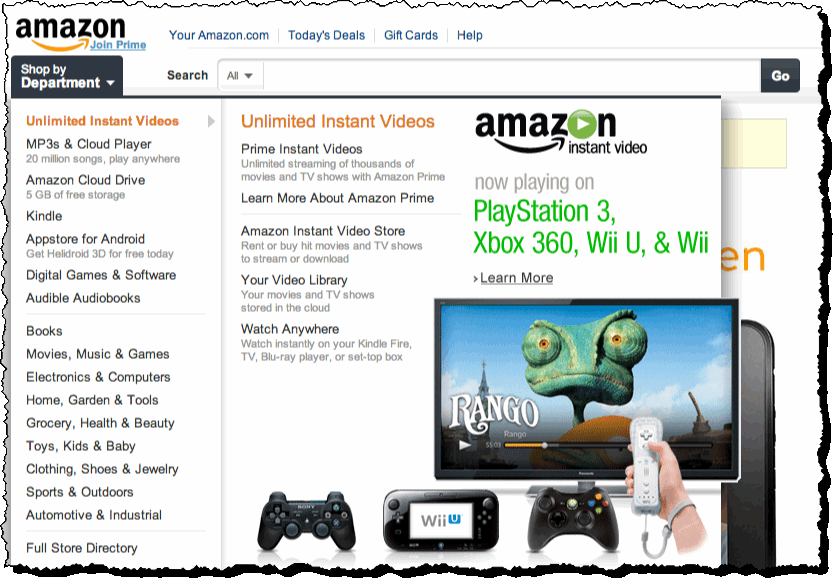Press releases are an effective marketing tool that can be used to promote your new website, service or product. In this lesson, we’ll show you how to write, plan and submit a press release for maximum results.
What is a Press Release and why should you use one?
A press release is an official statement that is sent out to journalists, newspapers and bloggers to inform them of a new service, product or other news story to do your business. Essentially, a press release is a promotional tactic used to get the word out about something new in your business.
In marketing terms, press releases are great for promoting a new product, service or part of your business (this might include new surveys, infographics and new website features). When you issue a press release, it’ll get sent out to 100s of targeted journalists and news sites with the hope that they’ll pick it up and run the story themselves.
The main advantage for utilising press releases in SEO is that journalists and bloggers can pick up your story and write about it; this helps generate powerful brand citations and backlinks that help rank your site for SEO.
Before you Issue a Press Release…Make sure it’s actually news worthy!
Before you write and issue a press release, ask yourself “is it news worthy”, “will it get picked up” and “is there value in this story?”
The fact is, if your press release isn’t news worthy or interesting for journalists than it won’t get picked up. Period.
That’s why it’s important when planning your press release that it has an interesting angle, engaging headline and great copy. It needs to engage journalists and readers from the offset if they’re to write about it later.
Are Press Releases Good for SEO?
As previously mentioned, the aim of a press release for SEO purposes is to get your story picked up and republished on authority sites and relevant media publications. For example, if you can get your site linked to by the likes of Mashable.com, TimesHigherEducation.co.uk or BBC News than that’s great for your SEO.
As noted in Google’s Link Scheme Guidelines however, you do need to avoid submitting press releases with over-optimized anchor text, as these can get you into trouble. Take a look at the Link Schemes document below for more information: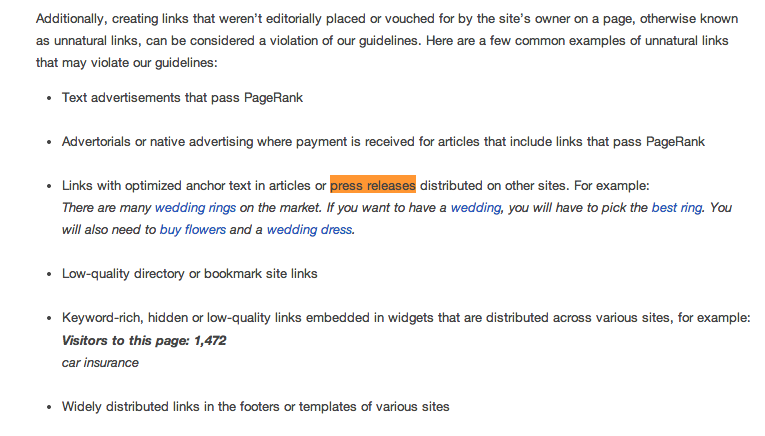
Link Scheme Guidelines and Press Releases
How to Write an Engaging Press Release:
Once you have a good store, the next step is to plan and write the copy for your press release.
1. Writing the Press Release Headline:
A boring headline can put off anyone from reading a good press release, which makes it the most important part.
The headline is what captures the journalist or reader’s attention. It should be short (enough to fit into an email subject title, tweet or search engine results page), engaging and contain your most important keywords. Your headline should also be specific and include “what” has happened.
Headline Examples:
Examples of good press release headlines include: “Survey Reveals Majority of Students Feel Ripped off by University”, “New Report Ranks Top US Cities for Bed Bug Infestations”, and “Facebook Passes more than 1 Billion Users”.
The best types of headlines are those that are short, exciting and encourage the reader to read more. If your press release contains interesting or controversial statistics then aim to include this in the headline too.
Bad headlines are usually too vague, long and lack emotion. Compare the two headlines below for example, which both describe the same news:
“New Survey Reveals Christmas Shoppers Spent 32% more than Last Year.”
“A Report shows that Shoppers Spent more money on Gifts over the Holiday Period than the Previous Year”
Obviously, the former headline sounds better. It’s shorter, gets to the point faster and includes interesting statistics.
In order to help write a snappier headline, some copywriters recommend saving the headline until last. This can give you a clearer picture of the most important items in the press releases.
 Example of a Great Press Release Headline
Example of a Great Press Release Headline
2. Writing the Press Release Body
Now that you’ve got the reader’s attention with your headline, you need to fill them in on the details in your body.
The most important thing is to include the proverbial “Who”, “What”, “When” and “Where” as early as you can in the body.
You need to get across a sense of urgency and action of what happened, whom it affects, why it’s important and when and how it came about. But, you need to write it in a short, engaging manner so that they get the message across as early as possible. The more the reader or journalist connects with the story, the more likely he’ll pick it up and cover it himself.
The overall length of the press release body should be around 300-400 words. This includes details about what happened as well one or two quotes from an important stakeholder (this might include a CEO, Vice-President or industry expert).
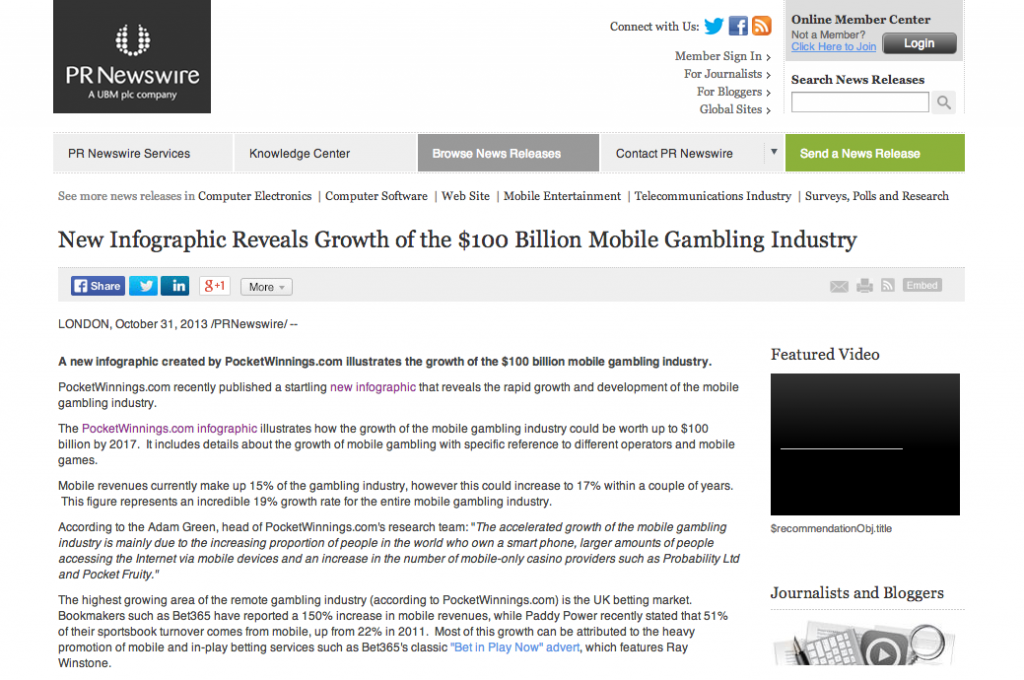
Press Release Example
3. Include a Quotable Spokesperson and Include Statistics in your Press Release Body
A great way of encouraging journalists to cite your brand or link back to your site is to include quotable experts and independent statistics in your press release. Journalists love to use new stats, especially when they’re controversial or go against the prevailing trend.
Expert quotes (or even statements from people affected in the story) help bring your story to life and increase the emotional response of the reader.
If you do include statistics in your press release, make sure you tease journalists by limiting the actual data and then provide a link to the full data (or visual charts) at the bottom of your press release to your website. This will encourage journalists to visit and link back to your site when writing your story.
4. Add Contact Details to the End of your Press Release
It’s imperative that you add contact details (email, phone number and spokesperson) to the end of your press release. This is so that interested parties and journalists can get in contact with you if they want more details on the story.
For example, they may wan to conduct their own interview or grab some extra information or background for the story. Adding contact details also helps bring credibility to the story. Don’t be afraid to pickup the phone either. If you’re working for a client than encourage them to respond to the journalist’s request and get maximum results. Remember, just one pickup on a major news site can lead to hundreds of additional pickups and links from bloggers.

Finally, Where to Submit your Press Release?
Once you’ve finalized your press release, it’s time to target some news outlets to send it out to.
Essentially you have two options when it comes to sending out your press release:
1) You can use a premium press release syndication service such as PRWeb or PRNewsWire, which sends your press release out to hundreds of news sites and generates 1,000s of page views.
2) You can engage in manual PR outreach. This process involves curating a list of targeted journalists and bloggers to send your press release to. You can learn more about this process here.
The advantage of the first method is that it’s quick and has mass impact because it syndicates your press release to 100s of Google News approved sites. It’s also relatively cheap ($300-$400). The disadvantage of PR syndication services is that they’re not very targeted or personal. They can also be expensive if you’re turning out press releases every week.
The advantage of the second method is that it allows you to build relationships with important journalists and reporters in your industry, generates better results and has a higher success rate (around 5-7% of targeted journalists will respond to your email). The disadvantage is that it’s resource intensive – it requires a lot of time curating outreach targets and emails. It also requires a certain level of expertise – that’s why many small businesses will usually hire a small PR or SEO agency to do this on their behalf.
Useful Press Release Submission Sites:

 As explained on this article on
As explained on this article on 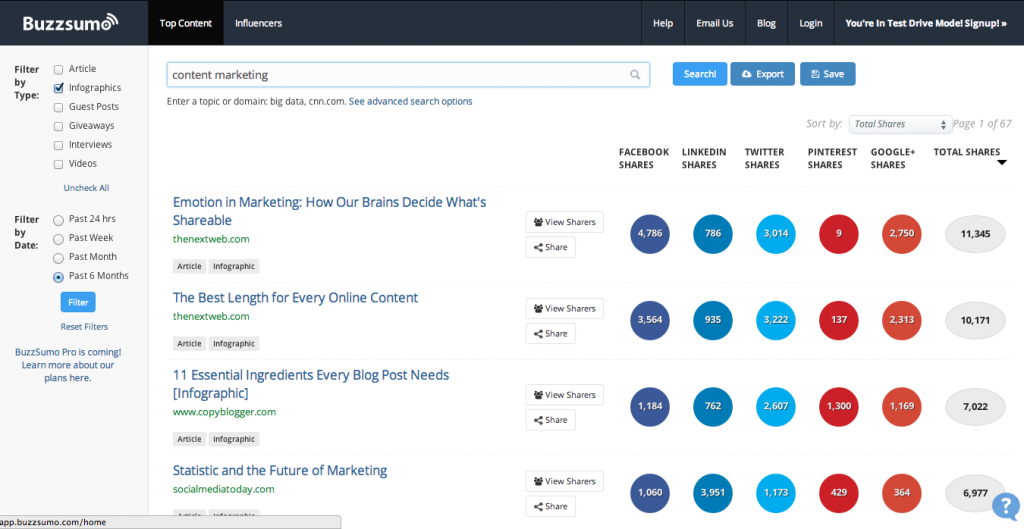
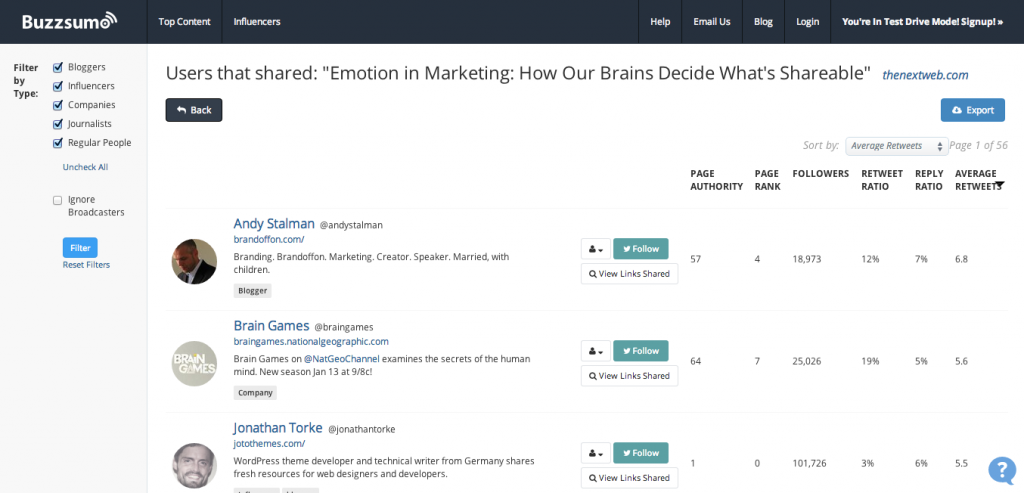

 Example of a Guest Post Link in the Author Bio
Example of a Guest Post Link in the Author Bio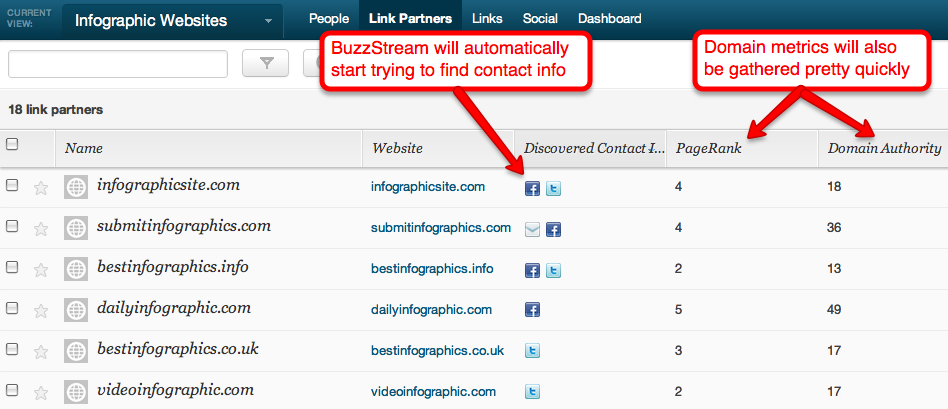
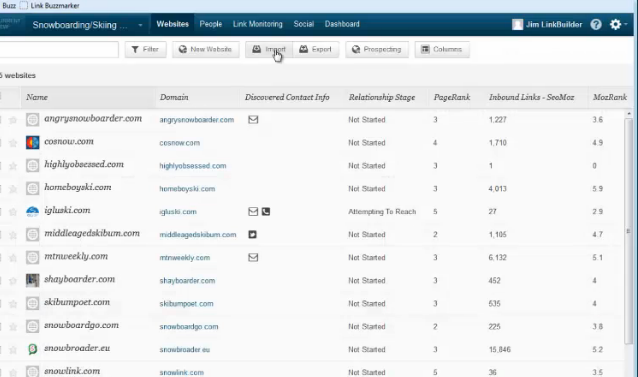 BuzzStream
BuzzStream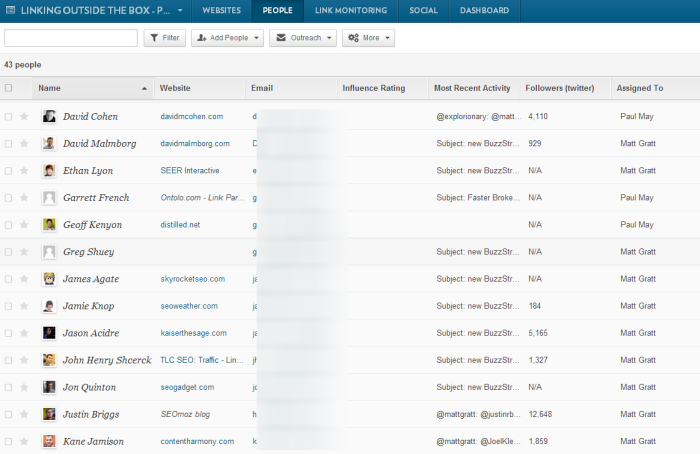
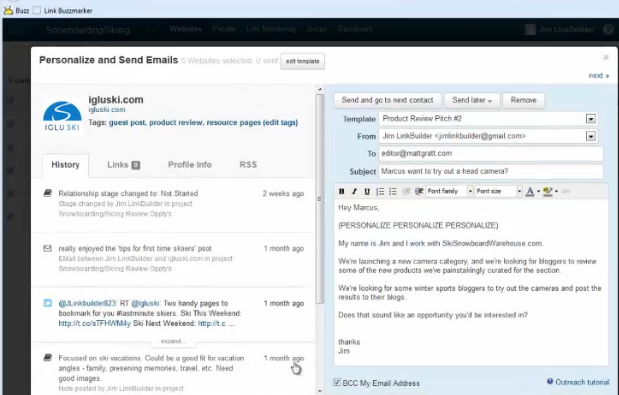
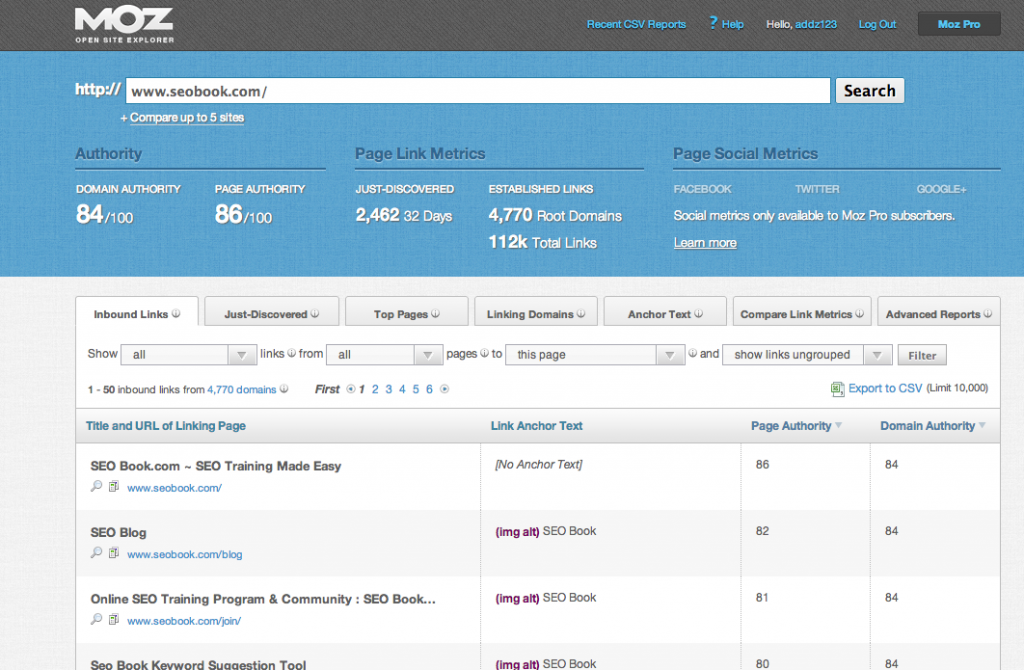






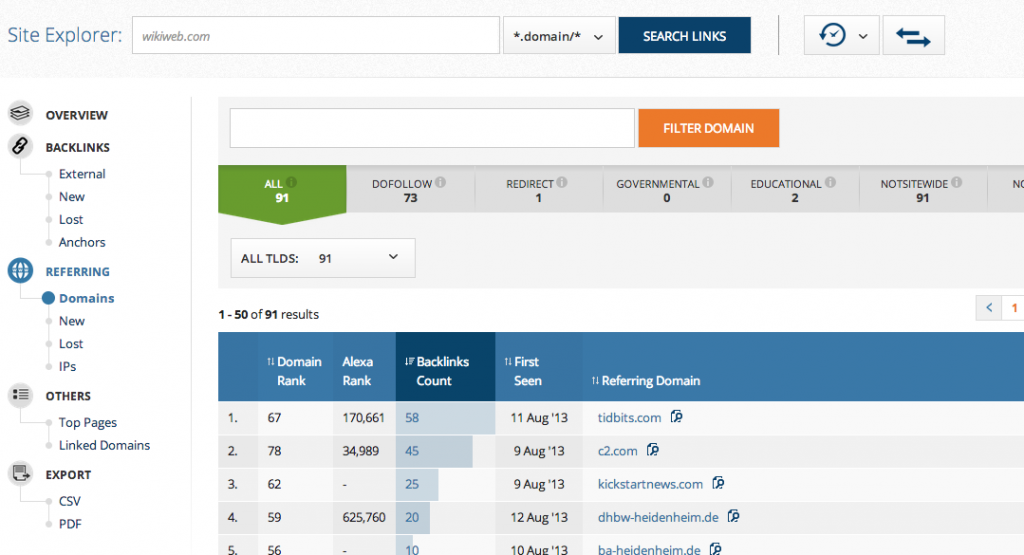
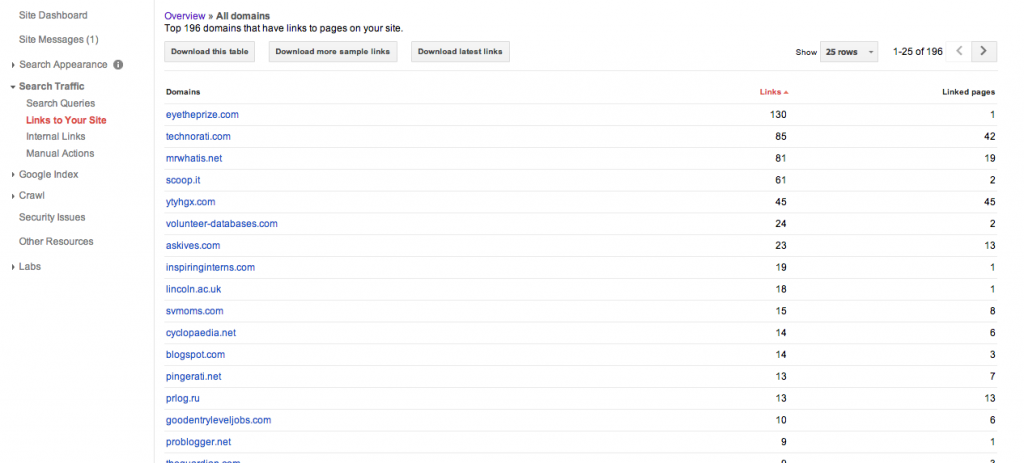
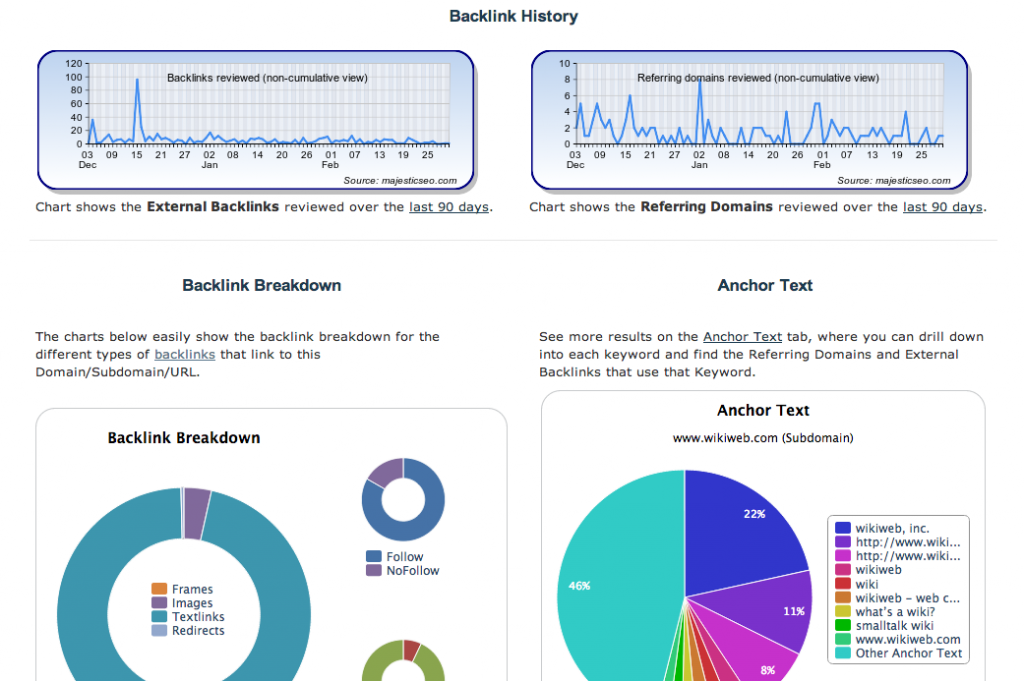


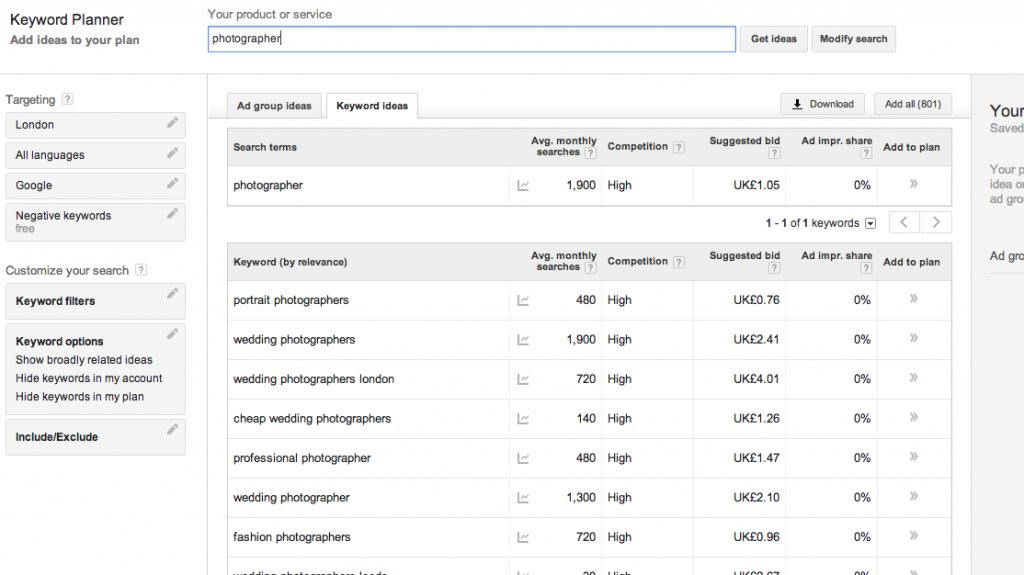



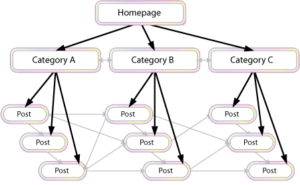 Internal links are links that point internally to other pages or sections of your website. This is in contrast to external links, which are links from external domains.
Internal links are links that point internally to other pages or sections of your website. This is in contrast to external links, which are links from external domains.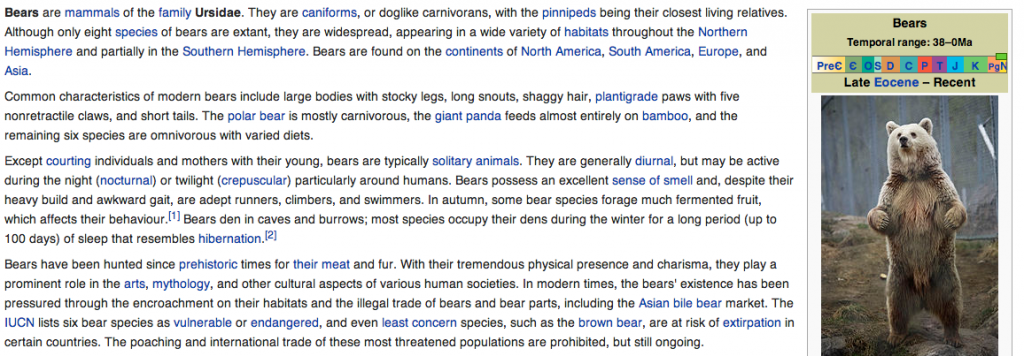 Wikipedia Internal Linking Example
Wikipedia Internal Linking Example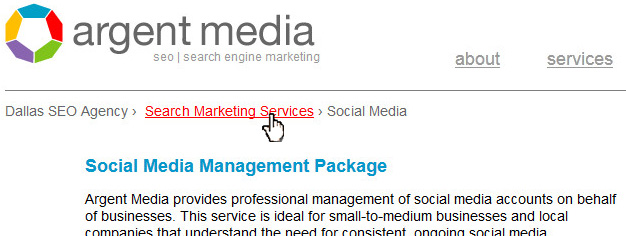

 Related and Most Popular Posts on HuffingtonPost
Related and Most Popular Posts on HuffingtonPost